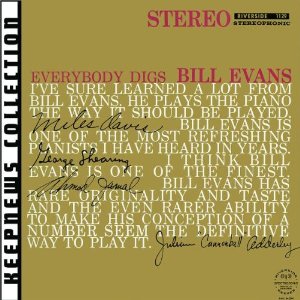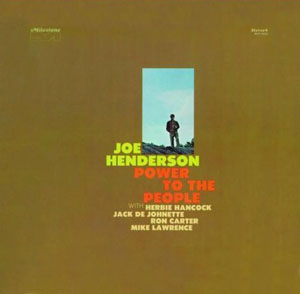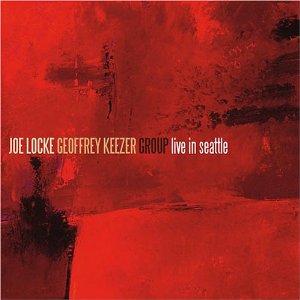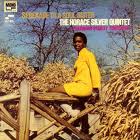Hey, it’s been a while, but why let that stop me. I’m back into music again and I’m listening to some great new and old material. I have Spotify to thank for this, allowing me to hear a much greater range of music than I could afford to do by buying albums every month hoping I find something good.
I’ve been listening to some work by Charles Earland, a great organist whose career spanned almost 40 years. I’ve picked out a track called ‘Penn Relays’, a great track with Earland blasting out the chords on the Hammond B3 and a great sax solo by a musician whose name I haven’t located yet.
Jazz organ is an interesting style of playing. Mark Corroto puts it best in his article on ‘allaboutjazz.com’:
“What I find appealing about Earland (and all great organists) is the fine line he skates between jazz and cheese, swing and corn. Face it, the organ, in the hands of the wrong musician, merely signals that it’s time for the couples skate at the roller dome. Earland’s touch of the hulking B-3 is pure poetry. Sure organ jazz is filled with cliches, but so is life. It’s almost hip to be square again.”
I hope you enjoy listening.


![Charles Mingus [1963] Mingus, Mingus, Mingus, Mingus, Mingus](https://quartalharmony.files.wordpress.com/2010/08/charles-mingus-1963-mingus-mingus-mingus-mingus-mingus.jpg?w=300&h=299)



